
COST OF LIVING
22-01-2024 by Freddie del Curatolo
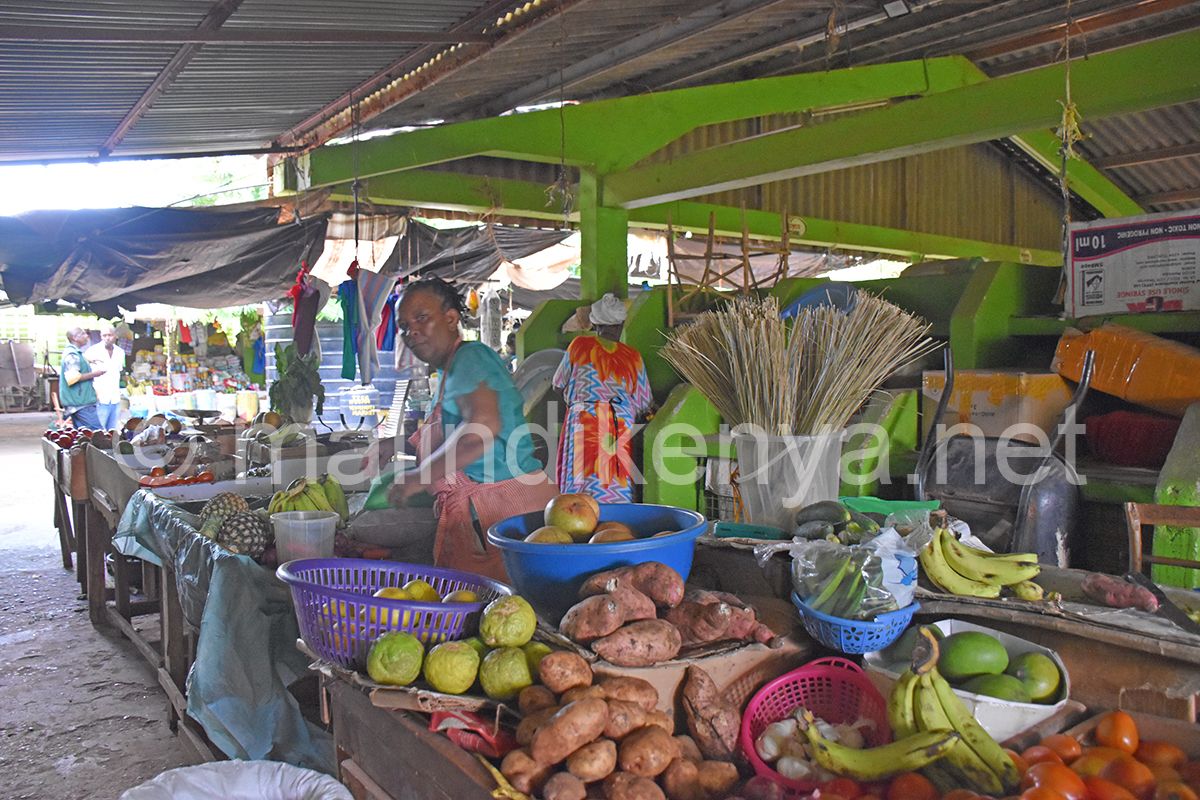
For many years, starting before the pandemic, for tourists or those who visit Kenya for several months, or on several occasions, the value of the local currency for convenience was 100/1, i.e. one euro equals one hundred Kenyan shillings. During the year and a half of seclusion, market crisis, and especially for a country like Kenya that is commercially dependent on the US dollar and the inflow of fresh cash from tourism and business travellers, the shilling depreciated until it reached, in January 2023, the then record-breaking figure of 120 against the euro and 110 against the dollar.
However, even in the last season, we went ahead and considered the ratio 100 to 1, for convenience of counting but also with slight satisfaction, on the part of those arriving from Italy, in knowing that the prices of everything, in the end, were still lower than calculated.
After only a year, the devaluation of the African currency is so visible and its progressive vertical fall seems so unstoppable that today, with the exchange rate at 176 and destined still to rise, the prices of everything have to be completely recalculated and, in the face of the country's inevitable inflation, if for those who live there it is half a drama with the fear of a future default, for the tourist who plans a holiday not of the all-inclusive resort kind and for those who come to get away for a few months from the cold and the boilers of the Italian winter, everything becomes cheaper.
This is why many facilities that are sold online, as well as safaris and other services, have little by little replaced their rates in shillings and are charged directly in dollars or euros, and as far as the European currency is concerned, even the rentals of villas and flats in Malindi and Watamu, for example, are expressed in euros. In the latter case, the increases do not always correspond to the increase in the cost of living in Kenya, but are in fact an adjustment to the exchange rate, which, however, for those who reason in shillings, should not be the case (unless one exports earnings abroad).
But here we are not trying to pick anyone's pocket, because Kenya also carries other ballasts, such as those of the tax burden which, while still far from the Italian peaks, is becoming more aggressive and diversified every year, considering also the price of bureaucracy (read 'corruption').
The fact remains that when one goes to the market, for example, one finds relief in no longer recalculating prices 100 to 1, but almost half.
Imagine a holidaymaker returning to Kenya after a year, at the same time, mid-January then.
Last year with 1 euro he bought a kilo of tomatoes (which in Italy he paid 1.5 euro), while today they cost him 60 cents. This is the case for almost all vegetables, as can be verified on Ismea markets.
Not to mention fish, a food for which there is already an incredible discrepancy in price between Italy and Kenya. Today a snapper (which here is the red snapper) in Italy costs 24 euro per kg, on the Kenyan coast a tenth (kes 400). The same is true for yellow fin tuna, while sole costs as much as one fifteenth. The average shrimp in Italy costs 22 euro per kilo, in Kenya 6 euro, squid 22 euro, in Kenya 5, octopus 24 and in Kenya 4 (data from pesceonline).
All in all, life in Kenya and for Kenyans is more expensive, and this may also lead to internal problems that need to be solved, because although it is a worldwide trend to widen the 'fork' between the rich(ss) and the poor(ss), Kenya had recently embarked on a development towards a levelling off of first wealth and the creation of a middle class that now risks being compromised, and it is always difficult and dangerous to have to give up the minimum needs and comforts one had acquired, including real estate purchased with loans that cannot be continued and work and investment projects that cannot be honoured, except by adding more debt.
At this point, tourism, which is definitely worthwhile for those who choose Kenya this year, also becomes a boon for the country and its people, especially for those who visit this country responsibly.
For example: go to the market to buy fruit and vegetables, and not to the supermarkets of the big chains or the already wealthy traders, try to skip as much as possible the steps between the seller and the buyer, and above all give credit to those who work and not to the many 'beach' profiteers of the moment.
Because for them, who have always lived by the day, the shilling is always worth the same: it is what they manage to scrape together without either resilience or respect for those who get up every morning and go to work for themselves and their families.
ECONOMY
by redazione

The World Economics Journal recently considered the devaluation of the Kenyan Shilling and considered that the currency of Kenya will remain at low values, compared to the dollar and euro, for at least 4 months.
by Freddie del Curatolo
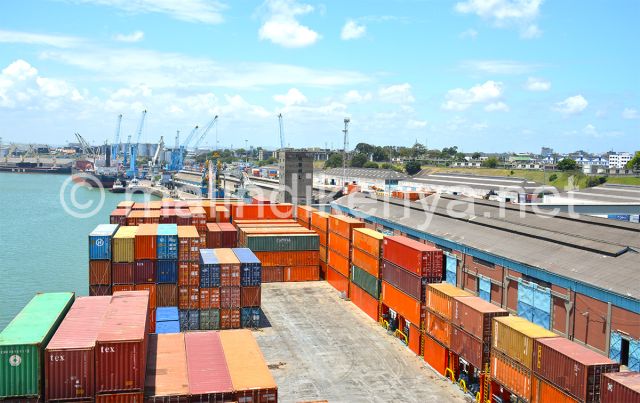
It is a very difficult time for importers of products from Italy and Europe to Kenya, amidst current...
NEWS
by redazione
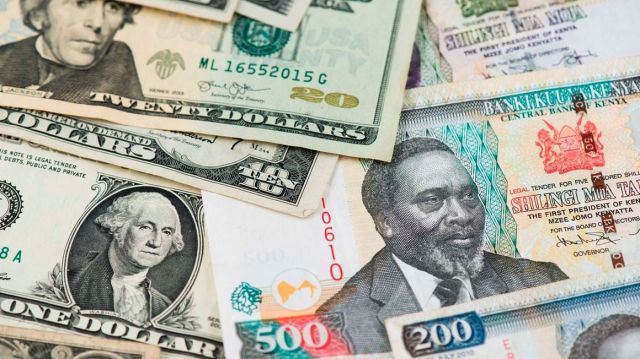
The U.S. dollar yesterday reached a new record high against the Kenyan shilling, which is at an...
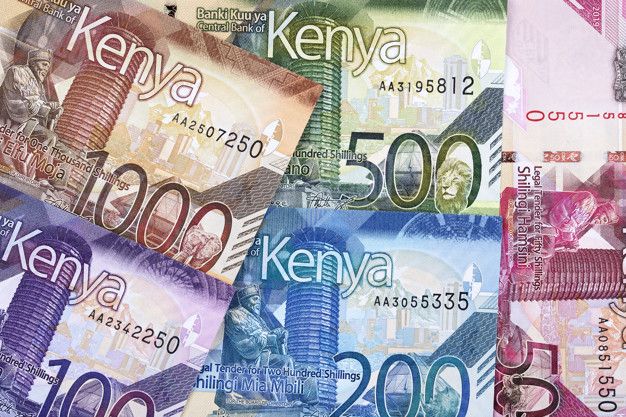
Coronavirus effect but not only that, the fact is that the Kenyan Shilling has reached an ...
NEWS
by redazione

For those arriving in Kenya in the coming days, a cakewalk. For those living there and particularly Kenyan...

Economic crisis, El niño until the end of the year, skyrocketing flight prices, increased visas and extensions... despite...
NEWS
by redazione
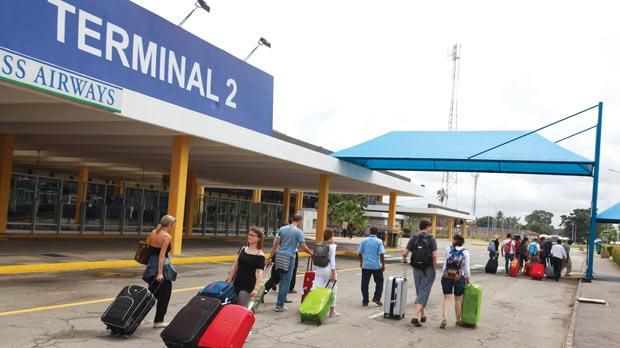
We hoped so in our pre-Christmas articles and also in the New Year forecasts published on this site: the...
POLITICS
by Freddie del Curatolo
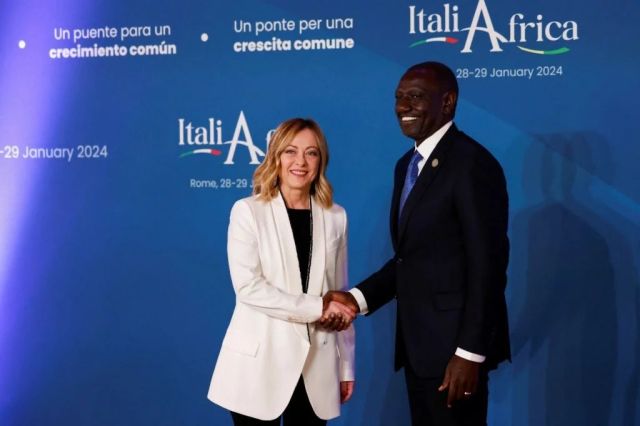
Kenyan President William Ruto concluded his visit to Italy, where in addition to the Italy-Africa summit he...
NATIONAL PARKS
by redazione

Among the various increases (and the few decreases, as in the case of entry visas to the country) that...
by redazione

In the aftermath of the Supreme Court ruling, which legally put an end to the election issue and Kenyatta's new five-year mandate, which has been awaited for three and a half months, the reaction of Kenyatta's economic environment is more...
TURISMO
by redazione

For the United States, Kenya is once again one of the safest countries in the world to spend their...
EDITORIAL
by Freddie del Curatolo
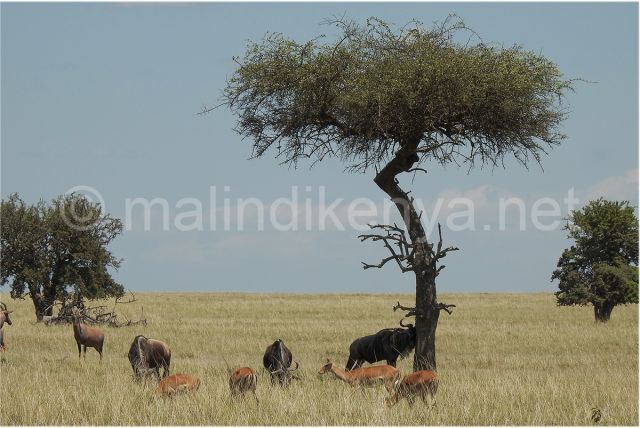
Kenya is recovering sharply in the rankings of international tourists' liking, after the years of suffering from...
TOURISM
by Freddie del Curatolo
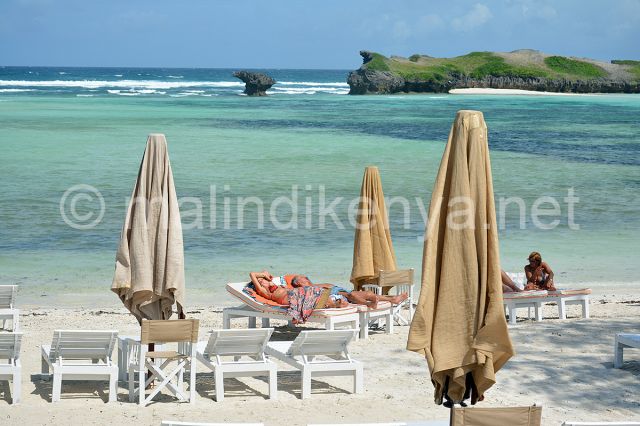
With September is about to be archived that "in-between" season that for tourism in Kenya means mainly...
ECONOMICS
by redazione
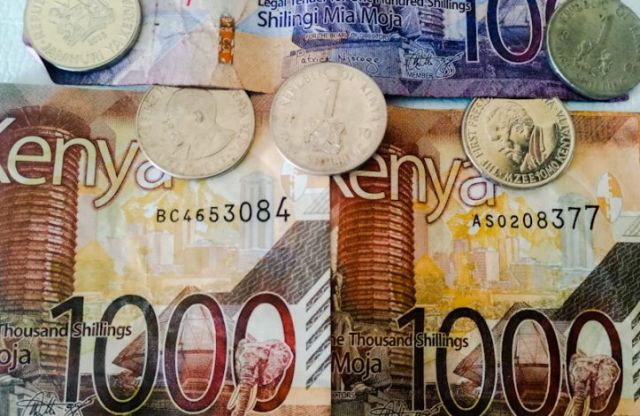
After months of shilling devaluation and ventilated risks of the country's economic default, Kenya is recovering and...
EDITORIAL
by Freddie del Curatolo
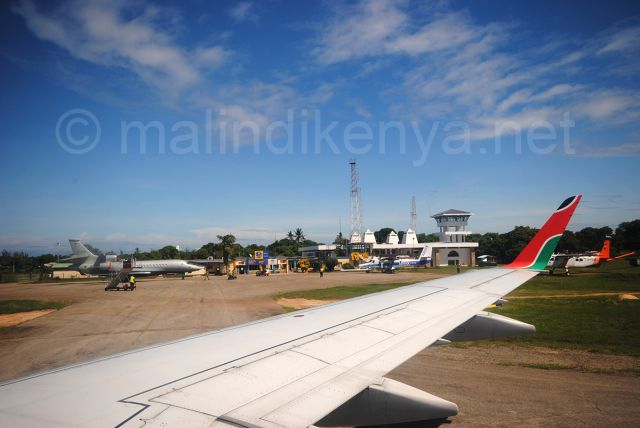
The success of interest and attendance in Kenya's seaside destinations, and in particular Watamu, Malindi...
NEWS
by redazione

Good news for motorists and transportation in Kenya.
The price of gas has fallen below 100 shillings per liter (just under one euro).
The decision matured after the Energy Regulatory Commission (ERC) announced a reduction in the price of petroleum products....